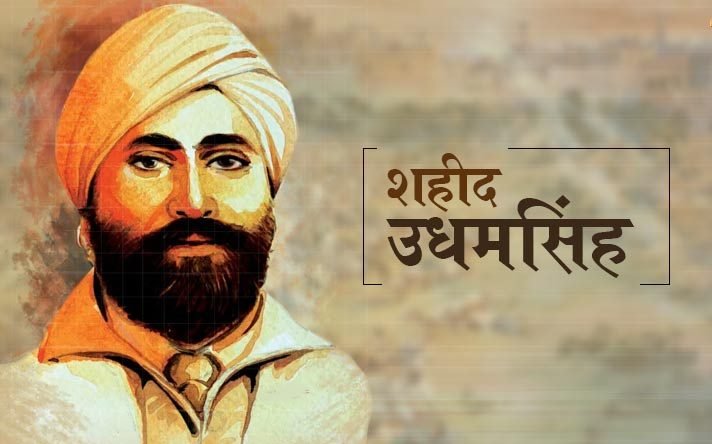
Udham Singh was an Indian revolutionary living in Sunam in Sangrur district of Punjab, India. He was born as Sher Singh on 26 December 1899 in a Kamboj Sikh family. While Udham Singh’s mother died in his childhood, his father passed away a year later. Udham Singh’s father Tahal Singh was a farmer and worked as a railway crossing watchman in Upalli village.
After the death of both his parents, Udham Singh lived with his elder brother Mukta Singh at Putlighar, the Central Khalsa orphanage in Amritsar. During his stay at the orphanage, Singh conducted the Sikh initiation rites and received the name of Udham Singh.
Udham Singh studied till class 10 and left the orphanage in 1919 after passing the matriculation examination in 1918.
Watch Amazon Prime Video launches the trailer of ‘Sardar Udham’
Sardar Udham Singh and Jallianwala Bagh Massacre: In the year 1919, British India officer Colonel Reginald Edward Harry Dyer, also known as Michael O’Dwyer, ordered the army to quell any rebellion against the British. On the occasion of Lohri on April 13, 1919, the people of Punjab gathered to celebrate the festival and peacefully protested against the arrest of pro-India leaders Dr Saifuddin Kitchlew and Dr Satya Pal.
Colonel Dyer sensed some rebellion against the officers and thought that this gathering might unite Hindus and Muslims against the British. He surrounded the garden from all directions and surrounded the three exits. Blocking the sides, Dyer ordered them to fire and shoot at the crowd. This caused huge panic as people were not able to exit the place and only one gate was open and British soldiers were stationed at that gate.
In this deadly massacre, around 391 and 1000+ people were killed and over 1,200 people were injured, of whom 192 were seriously injured.
Sardar Udham Singh, 19, was also present at Jallianwala Bagh and was injured in open fire by the British. He could not even move in the stampede and till the next morning he was surrounded by the dead bodies of innocent people in the garden.
According to legend, Udham Singh picked up some mud soaked in people’s blood and applied it to his forehead and vowed to take revenge on Colonel Dyer and the British.
Murder of Sardar Udham Singh and O’Dwyer: After the Jallianwala Bagh massacre, Udham Singh begins planning revenge and plans to assassinate O’Dwyer.
On 13 March 1940, Michael O’Dwyer was at a meeting of the East India Association and the Central Asian Society (now the Royal Society for Asian Affairs) at Caxton Hall in London.
In the premises, Udham Singh brought a revolver hidden inside a book. The pages of the book were cut in the shape of a gun to hide them properly. Udham Singh had bought a revolver from a constable in the pub.
When O’Dwyer’s meeting ended, Udham Singh shot Dwyer twice as he walked towards the speaking stage. Two bullets hit O’Dwyer’s heart and right lung and he died on the spot. Sir Louis Dane, Lawrence Dundas, 2nd Marquess of Zetland, and Charles Cochran-Bailey, 2nd Baron Lamington were also injured in the shooting.
After O’Dwyer was shot, Singh surrendered and was taken to Briston Prison. During his stay in jail, Udham Singh was on hunger strike for 36 days. He also mentioned his name as Mohammad Singh Azad in the police statement to be a symbol of Hindu-Sikh-Muslim unity and independence of India.
After the trial, Singh was sentenced to death and hanged at Pentonville Prison on July 31, 1940. Later his remains were sent back to India and his last rites were performed in his village Sunam.
While the country saw Udam Singh’s act of bravery and regarded him as a national hero, Mahatma Gandhi, who was a follower of non-violence, called his vengeance an “act of madness”.
Udham Singh became the immortal figure of the Indian independence movement and was referred to as Shaheed-e-Azam Sardar Udham Singh. A district of Uttarakhand (Udham Singh Nagar) was named after him by the Mayawati government in October 1995 to pay tribute.
There is a constant demand to install the statue of Udham Singh in Jallianwala Bagh and Parliament complex. Punjab MP Prem Singh Chandumajra demanded the installation of his statue in the Jallianwala Bagh complex in July 2018 as well as a portrait of Udham Singh in Parliament.

